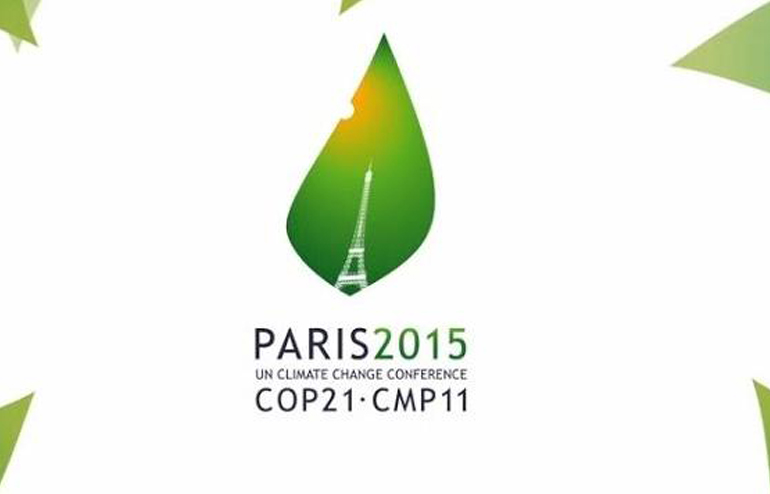In the previous post you were informed about the COP21 and various initiatives being taken up by different countries across the world in following the path of sustainable development. Having known that, it is essential to know about the joint communique that came out towards the end of this conference.
This joint communique called the Paris Agreement, is the document that will guide the member countries in planning the development of their respective nations in the most eco-friendly way. This will not only impose obligations on them but will also keep a check on them.
Let me explain it point by point:
- Temperature goal : The first thing that needs to be highlighted is the commitment made by member countries to limit their temperature rise to 2 degree Celsius and enhance their efforts in trying to peg it at a more ambitious 1.5 degree Celsius.
- Long term goal: The agreement features a long term goal of asking the developing countries to reach their peak emissions as soon as possible and start working on reducing them, thereafter. The vision is of having net zero emission by 2050.
- INDC (Intended Nationally Determined Contributions): It also commits all countries to submit revised INDCs every five years with a clear expectation that they will show a progression beyond the previous one. So, for all those countries who have submitted their targets for up to 2025, they will have to come back with new ones in 2020.
- Finance: The agreement places a legal obligation on developed countries to continue to provide climate finance to developing countries.
- This also includes a voluntary measure where in the developed countries have been asked to make a collective fund of 100 billion dollars per year with public private partnership (PPP) for the aid of developing nations by 2020 through 2025. A new higher goal would be reached for the period beyond 2025.
- Mitigation: On mitigation, the agreement binds parties to prepare and regularly update climate commitments. Each subsequent pledge must be more ambitious and the developing countries must be encouraged to move towards stricter goals.
- The agreement requires each and every country to report regularly and in a very transparent manner about its emission along with a progress made in implementing and achieving report.
- Loss and Damage: The agreement contains a free standing provision extending the Warsaw International Mechanism for loss and damage. However, the developed countries led by the U.S have been able to make sure that the loss and damage provision does not involve or provide a basis for any liability or compensation. [The Warsaw International Mechanism for Loss and Damage is the main vehicle under UNFCCC to address loss and damage associated with climate change impacts in developing countries (mainly small island nations) that are particularly vulnerable to the adverse effects of climate change, in a comprehensive, integrated and coherent manner]
So, the agreement reached is accommodative of the hopes of almost all the nations, be it developed or developing. It has given sufficient space to the principle of common but differentiated responsibility with separate targets for developed and developing nations in temperature reduction, legally binding, financial help by developed nations and stricter INDCs. It has also extended the Warsaw treaty, a sign of victory for the small island nations. Finance and mitigation have both been taken care of in a genuine manner and discreetly points out both long and short term goals. What remains to be seen is how nations abide by it on a personal level and if they really can bind themselves to the targets specified.





















































